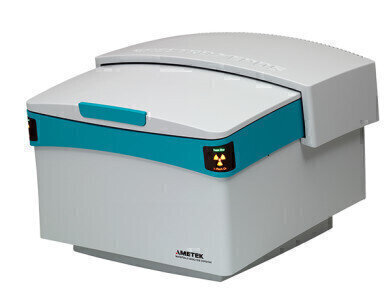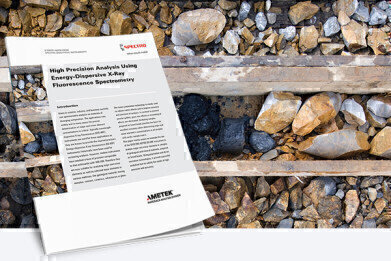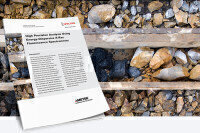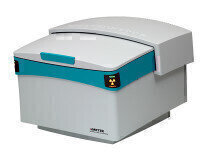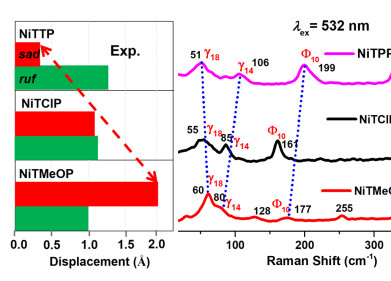Mass spectrometry & spectroscopy
High Precision Analysis Using Energy-Dispersive X-ray Fluorescence Spectrometry
Sep 21 2016
Users in science, industry, and business routinely use spectrometric analysis on materials of diverging composition. The applications vary widely and in many cases the precise determination of major and minor element concentrations is critical. Typically wavelength- dispersive X-ray fluorescence (WD-XRF) instruments are used for these applications as they are known to provide the required precision. Energy-dispersive X-ray fluorescence (ED-XRF) instruments historically have been used for screening analysis. However, modern instruments have reached a level of precision comparable to that achievable with WD-XRF. Therefore they are now suitable for analysing major and minor elements as well as selected trace elements in various matrices, like geological material, mining samples, cement, ceramics, refractories or glass. The fusion preparation technology is mainly used to reduce matrix effects and to improve accuracy and precision of analysis. In contrast to pressed powder pellets, grain size effects or mineralogical effects are eliminated. Analysing samples prepared as fused beads provides the basis for excellent accuracy when determining major and minor element’s concentrations in all samples with oxidic sample matrix.
A new application brief covers the use of the SPECTRO XEPOS ED-XRF instrument to analyse major and minor elements in samples of geological and mineral materials, prepared as fused beads. Using polarization and direct excitation technologies, it proved a powerful analytical tool to satisfy the needs of high precision and accuracy.
The Analyser
All measurements described in this paper were made using a SPECTRO XEPOS simultaneous ED-XRF spectrometer from SPECTRO Analytical Instruments. This model was equipped with a forced-air-cooled, 50 W end-window X-ray tube - a bright laboratory-quality source optimised for maximum energy generation. The tube uses a unique thick binary-alloy cobalt-palladium anode to provide excellent excitation conditions for all major elements of interest in this application. It was combined with a newly developed adaptive excitation system to excite specific elements for further increased sensitivity.
The analyser also featured a high-resolution silicon drift detector (SDD) with an area of 30mm² and a thickness of 450 µm, plus the fixed excitation optics, including a filter changer in front of the X-ray tube. The highly stable spectral resolution of the SDD amounted to ≤130 eV (Mn Kα). The detection system can handle intensities up to an input rate of 1 million counts per second (cps).
Learn more by downloading the application brief 'High Precision Analysis Using Energy-Dispersive X-ray Fluorescence Spectrometry' and you´ll get answers to these questions:
- Is an ED-XRF analyser a real alternative to WD-XRF for the analysis of major and minor elements?
- What level of precision and accuracy can be achieved?
- What are the main reasons for the recent quantum leap in ED-XRF technology?
- And more...
Digital Edition
Lab Asia 32.2 April
April 2025
Chromatography Articles - Effects of small deviations in flow rate on GPC/SEC results Mass Spectrometry & Spectroscopy Articles - Waiting for the present to catch up to the future: A bette...
View all digital editions
Events
Apr 09 2025 Tokyo, Japan
Apr 22 2025 Hammamet, Tunisia
Apr 22 2025 Kintex, South Korea
Analytica Anacon India & IndiaLabExpo
Apr 23 2025 Mumbai, India
Apr 23 2025 Moscow, Russia
